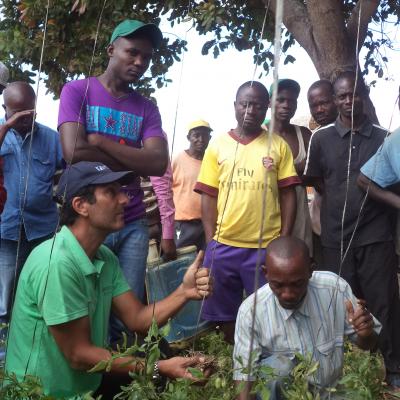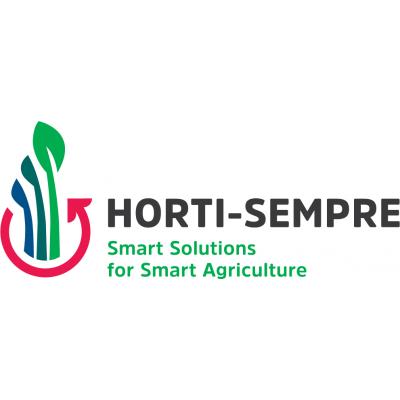CEDRIG оперативный
Файл PDFHorti-sempre: Increasing the income of smallholders through horticulture in the Nacala Corridor
- Обзор
- Факторы риска
- Воздействие
Обзор
ВперёдИнформация общего характера
Автор
Michael Fink
Последнее обновление
June 2019г.
Общая цель
Horti-sempre, Phase 2 overall objective is to increase the annual net income of 25,000 smallholders by 30% against baseline by supporting the growth of the horticultural sector in Northern Mozambique in view of its proven importance as income creator.
Страна
- Мозамбик
Бюджет
6,500,000 CHF
Продолжительность
01/2017 - 12/2020
Аннотация
Описание
The overall objective of the Horti-Sempre Phase 2 Project is to increase smallholder’s annual net income by 30% against baseline by supporting the growth of the horticultural sector in Northern Mozambique in view of its proven importance as income creator. To fulfil its mission and reach the overall objective, Swisscontact proposes for Horti-sempre Phase 2 a logic of intervention based on three main Outcomes that unfold around three main project components namely (1) inputs and practices, (2) irrigation and (3) sector competitiveness. OUTCOME No 1: Productivity of horticultural smallholders in the Nacala Corridor in Northern Mozambique increased. OUTCOME No 2: Horticultural smallholders in the Nacala Corridor in Northern Mozambique increased their area under irrigation. OUTCOME No 3: Market responsiveness and competitiveness of the horti-cultural sector in Northern Mozambique is increased. The three components will be complemented with two transversal topics: Women’s Economic Empowerment (WEE) throughout the different interventions and through special women targeted interventions and access to existing funding options. Based on experience from Phase 1, Swisscontact estimates that Horti-Sempre Phase 2 has the potential to reach 10'000 semi-commercial and 15'000 subsistence male and female smallholders in Northern Mozambique increasing their income by up to 30%.
Сектора, требующие оперативного вмешательства
- Сельское хозяйство
- Продовольственная безопасность
- Развитие сельских районов
- Управление водными ресурсами
Документы
Изображения
-
 Training on affordable irrigation solution (hip-pump)
Training on affordable irrigation solution (hip-pump) -
 Affordable irrigation solution (hip-pump)
Affordable irrigation solution (hip-pump) -
 Construction of underground dam
Construction of underground dam -
 Underground dam (capacity to capture 10,000m3 water)
Underground dam (capacity to capture 10,000m3 water) -
 Improved lettuce variety Veneranda from Brazil under protected cultivation (mini-tunnel) with drip-irrigation system
Improved lettuce variety Veneranda from Brazil under protected cultivation (mini-tunnel) with drip-irrigation system -
 Improved onion vareity IPA 11 from Brazil adapted to tropical climate wtih longer shelf-life
Improved onion vareity IPA 11 from Brazil adapted to tropical climate wtih longer shelf-life -
 Training on good agricultural practices (tomato staking)
Training on good agricultural practices (tomato staking)
Логотипы



